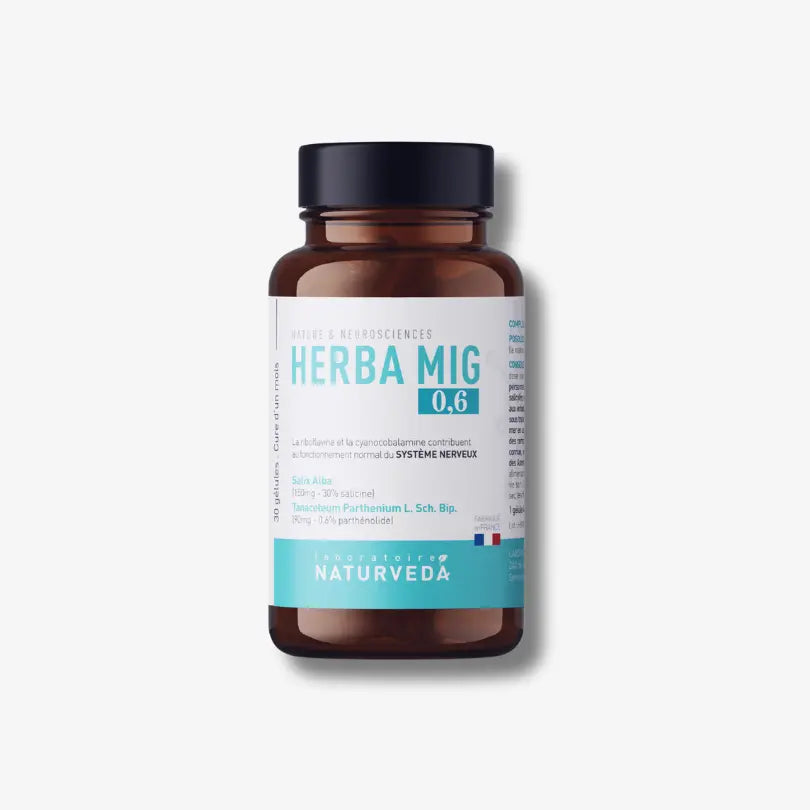Hay fever, or seasonal allergic rhinitis, affects millions of people each year, especially during the spring and summer months. This pollen-induced condition can seriously affect quality of life, causing uncomfortable symptoms such as sneezing, itching, runny nose, and watery eyes. While antihistamines and other medications are often prescribed, many seek natural alternatives to relieve their symptoms. Herbal remedies can offer an effective and less invasive solution. In this article, we will explore the different herbs that can help combat hay fever.
The Benefits of Quercetin
Quercetin is a flavonoid found in many plants and foods such as onions, apples, grapes and green tea. This substance has antihistamine and anti-inflammatory properties that can help alleviate hay fever symptoms.
Quercetin works by decreasing the release of histamine, which is responsible for allergy symptoms. By consuming foods rich in quercetin, you can reduce your body's reaction to allergens.
Here are some quercetin-rich foods to include in your diet:
- Red onions
- Apples
- Berries
- Grapes
- Bouquet garni (parsley, thyme, etc.)
- Black tea and green tea
The Power of Nettle
A plant that is often disliked because of its stinging properties, nettle nevertheless has recognized medicinal virtues. Nettle has been used for centuries to treat a multitude of conditions, including hay fever. Nettle has anti-inflammatory properties and is rich in essential vitamins and minerals.
Studies have shown that nettle may help to inhibit histamine receptors in the body, making it a great supplement for those suffering from hay fever. You can consume nettle in the form of herbal tea, capsules, or add it to soups and salads. Here is a simple recipe for nettle tea:
- 1 teaspoon dried nettle leaves
- 1 cup boiling water
- Let it steep for 10 minutes
- Strain and drink
Chamomile: A Natural Soother
Chamomile is a herb widely recognized for its soothing and anti-inflammatory properties. It can help relieve hay fever symptoms through its actions on histamine and its calming effect on the immune system.
You can use chamomile as an infusion to benefit from its benefits. It can also be used as an inhalation to clear the airways:
- Prepare an infusion with 1 tablespoon of dried chamomile flowers and a cup of boiling water.
- Cover your head with a towel and inhale the vapors for 10-15 minutes
The Virtues of Licorice Root
Licorice root is another herb that may be beneficial for hay fever sufferers. Its anti-inflammatory properties help reduce inflammation in the airways and soothe allergy symptoms.
However, it is important to note that licorice can have side effects and interact with certain medications, so it is advisable to consult a healthcare professional before using it.
Here's how to make a licorice root infusion:
- 1 teaspoon dried licorice root
- 1 cup of water
- Boil the water and add the licorice root
- Let simmer for 10 minutes
- Strain and drink
Thyme for Easier Breathing
Thyme is an aromatic herb that has antiseptic, antiviral and anti-inflammatory properties. It can help clear the airways and reduce the symptoms of hay fever.
Thyme can be used as an inhalation, infusion or added to your dishes. Here's how to prepare a thyme infusion:
- 1 tablespoon dried thyme
- 1 cup boiling water
- Let it steep for 10 minutes
- Strain and drink
Conclusion
Hay fever can be a real nuisance, but there are several herbal remedies that can help alleviate its symptoms naturally. Quercetin, nettle, chamomile, licorice root, and thyme are all solutions that you can incorporate into your daily routine to better manage this seasonal allergy. Experiment with different herbs to find the one that works best for you, and don't hesitate to consult a healthcare professional for personalized advice.
Please feel free to share your experiences and ask questions in the comments below. If you found this article helpful, please share it with your loved ones who also suffer from hay fever. Take care of yourself and explore the benefits of plants for a healthier and more peaceful life!




